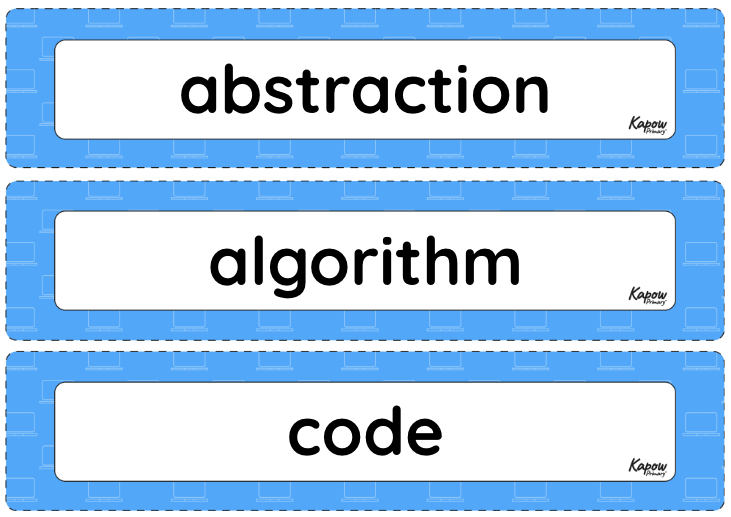Computational thinking
This unit hub can be used to inform your medium term plan and to navigate to related resources.
The Curriculum and Assessment Review final report has been released. We’re reviewing the recommendations and planning for future updates. Learn more
- Subjects >
- Computing >
- Key stage 2 >
- Year 4 >
- Programming 2: Computational thinking >
-
Computational thinking
Please note
This unit has been replaced by the unit *New* Computational thinking. It will move to our Content archive in April 2026. It will remain permanently available but will not be updated in line with curriculum or website developments.
Unit outcomes
Pupils who are secure will be able to:
- Understand that problems can be solved more easily using computational thinking.
- Understand what the different code blocks do and create a simple game.
- Understand the terms pattern recognition and abstraction and how they help to solve a problem.
- Create a Scratch program which draws a square and at least one other shape.
- Understand how computational thinking can help to solve problems and apply computational thinking to problems they face.
Suggested prior learning
Programming 1: Algorithms and debugging
Get startedLessons
Lesson 1: What is computational thinking?
- To understand that computational thinking is made up of four key strands.
Lesson 2: Decomposition
- To understand what decomposition is and how to apply it to solve problems.
Lesson 3: Abstraction and pattern recognition
- To understand what pattern recognition and abstraction mean.
Lesson 4: Algorithm design
- To understand how to create an algorithm and what it can be used for.
Lesson 5: Applying computational thinking
- To combine computational thinking skills to solve a problem.
Key skills
Key knowledge
Related content
Unit resources

Knowledge organiser – Computing Y4: Computational thinking
Aimed at pupils, a single page which gives key facts and definitions from the unit 'Computational thinking’.

Vocabulary display – Computing Y4: Computational thinking
A display version of the vocabulary from the unit 'Computational thinking'.
Cross-curricular opportunities
Maths: solve problems involving multiplying and adding. 2-D shapes and 3-D shapes. Recognising angles.
Physical Education: perform dances using a range of movement patterns.
English: Spoken Language – develop understanding through speculating, hypothesising, imagining and exploring ideas.

